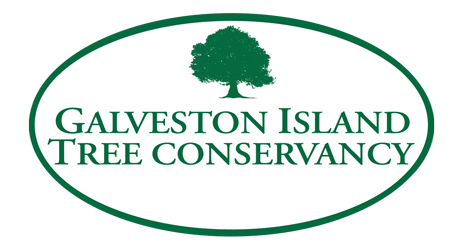Golden Raintree
Golden Rain Tree
Recently some strikingly-handsome trees have appeared around the island to much acclaim, known as golden rain tree or Chinese lantern tree (Koelreuteria paniculata). These trees are indeed impressive in the landscape with beautiful summer and fall color. There is good news and bad news about this tree. First the good news.
Golden rain tree is a small to medium-sized landscape tree that is native to eastern Asia. It was introduced to Europe and North America in the mid-18th Century, and is a popular landscape tree worldwide. It usually has low branches with a rounded crown, reaching+ 30 feet tall and wide with an open and often multi-trunked growth habit.
Early to mid-summer is when the show begins, with the appearance of long spikes of bright yellow flowers. When the flowers fall they shower the ground with their color, giving the tree its name. Blossoms are followed in late summer by 1-2-inch light green seed pods that look like Chinese lanterns that ripen orange to pink, and then to brown as they persist through fall and winter. These seed pods are the showoffs right now.
Like many other members of the soapberry family, golden rain tree adapts to difficult sites. It will tolerate a wide range of urban conditions including heat, drought, and poor soils and is an ideal choice for areas where root room is limited. It is often used as a tree in small traffic islands in the middle of parking lots and similar tough spots. It will get larger in better sites but adapts to many locations as long as it has sufficient drainage. It has no serious disease or insect problems. Golden rain tree does have a reputation for being weak wooded, which can pose problems in our windy coastal environment.
Sounds like a perfect tree for your garden? Now for the bad news. Like many plants imported from other continents, this tree does not have natural pests and disease in North America. Why is this bad news? While it is a positive in terms of its hardiness in our home landscapes, this hardiness can cause havoc for our native ecosystems.
Seeds from the golden rain tree germinate quickly in warm climates like ours, and water and birds may help disperse the seeds widely. The tree grows rapidly and many have naturalized in states along the Gulf Coast, resulting in its listing on the Texas Invasives database. Its ease of reproduction and rapid growth allow it to establish and persist over large areas. The lack of natural pests and diseases that normally regulate populations allow this tree to crowd out desired native species and alter habitat.
Certainly, our gardens and landscapes cannot be entirely native or near-native plants. But for the benefit of indigenous plants and animals that have evolved over millennia—things like birds and butterflies that depend on traditional hosts—we can avoid adding to our landscapes those that are certain to become a problem. Let’s enjoy the trees that are already here, but look for different choices when we add new ones.
“Tree Stories” is an ongoing series of articles about Island trees, tree care, and tree issues. If you have or know of a special tree on Galveston Island that should be highlighted, please email treesforgalveston@gmail.com. Margaret Canavan is a Galveston resident, a Galveston County Master Gardener, and a member of the Galveston Island Tree Conservancy Board.
Hurricane Ike caused the loss of 40,000 trees on Galveston Island. The Galveston Island Tree Conservancy was formed to address that loss and has replaced over 18,000 through grant-funded plantings and giveaways.

